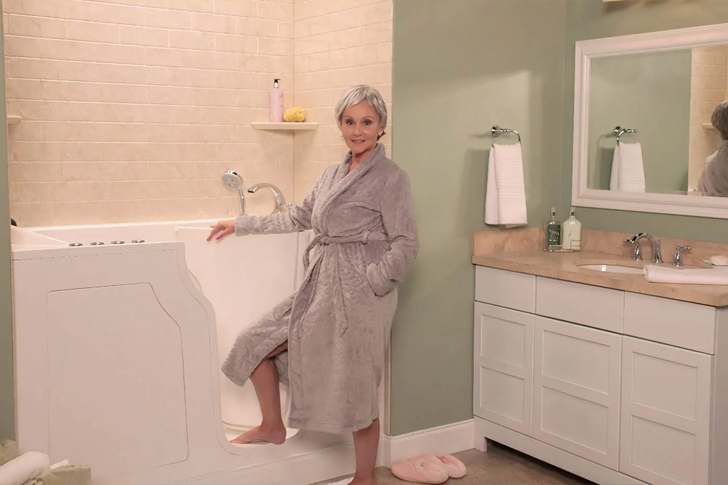Elderly Homeowners Opt for Lesser-Known Bathroom Renovation Tips
As the population ages, more elderly homeowners are looking to adapt their living spaces to suit their changing needs. One common area of focus is the bathroom—a space where functionality and safety are paramount. While many are aware of common renovations like grab bars and non-slip mats, there are several lesser-known upgrades that can significantly enhance the usability and safety of a bathroom for older adults.

Understanding the Need for Specialized Bathroom Renovations
According to the Centers for Disease Control and Prevention (CDC), bathrooms are particularly hazardous for older adults, with approximately 235,000 people each year experiencing injuries in this room alone, and nearly one-third of these injuries leading to hospitalization. As mobility decreases with age, the risk of falls and injuries in the bathroom increases. This stark statistic emphasizes the need for renovations tailored to the elderly to prevent accidents and enhance their quality of life at home.
Optimal Lighting for Safety and Clarity
Good lighting is crucial in preventing falls, which are the leading cause of injury among seniors. Many older bathrooms suffer from inadequate lighting, which not only poses a risk of slips and falls but also makes it difficult for aging eyes to see clearly. Installing bright, glare-free lights can make a significant difference. Consider LED lights that provide a bright, steady light source and have a longer lifespan, thereby reducing the frequency of replacements. Task lighting around the mirror and overhead ambient lighting can illuminate the entire space evenly, reducing shadows and glare.
Contrast and Color Coding to Aid Visibility
With age, the eyes also have a harder time discerning contrasts between colors, which can make navigating a monochromatic space challenging. To help with this, incorporating color contrast in the bathroom design can be beneficial. For instance, using a toilet seat that contrasts with the color of the floor or the toilet can help seniors identify the edges more easily. Similarly, contrasting colors between walls, floors, and critical fixtures can help delineate the space better and prevent accidents.
Innovative Flooring Solutions
When it comes to bathroom flooring, the focus should always be on safety. Non-slip tiles are a must, but beyond this, there are newer materials that are both safe and aesthetically pleasing. For example, cork flooring is gaining popularity due to its natural slip resistance and softness, making it a safer option in case of falls. Vinyl is another good option as it is water-resistant, durable, and available in a variety of slip-resistant textures. Both materials also help in reducing cold underfoot, making them comfortable for seniors during colder months.
Smart Technology for Enhanced Independence
Smart home technology can significantly enhance the functionality of a bathroom for the elderly. For instance, smart thermostatic shower systems can maintain a constant water temperature, preventing burns. Similarly, high-tech toilets with features such as automatic lids, night lights, and bidet functions reduce the need to bend down and make toileting safer and more hygienic. Automated medication dispensers can be installed to remind seniors to take medicines on time, a crucial aspect often overlooked in bathroom designs.
Adjustable Fixtures
Adjustability should be a key feature in any elderly-friendly bathroom design. Features like adjustable shower heads and hand-held sprayers allow seniors to bathe comfortably and safely without having to stand for long periods or reach awkwardly. Sinks and vanities can be installed at variable heights or with mechanisms that allow them to be adjusted, accommodating wheelchair users or those who prefer to sit while using the sink.
Consider Creating a Wet Room
More homeowners are opting to convert traditional bathrooms into wet rooms, which involve waterproofing the entire bathroom and removing barriers like shower trays and lips for easy access. These spaces not only offer excellent accessibility but also are easier to clean and maintain. Combined with appropriate drainage and non-slip surfaces, wet rooms can significantly reduce the risk of falls.
Final Thoughts
Renovating a bathroom to suit the needs of an elderly individual doesn’t just enhance safety; it also boosts the overall comfort and livability of the home. While certain renovations might seem costly upfront, they are often more cost-effective than the alternative of assisted living facilities or the expenses resulting from injuries. By incorporating some of these lesser-known tips, homeowners can create a safe, functional, and aesthetically pleasing bathroom that caters to the needs of the elderly.







Recent Comments